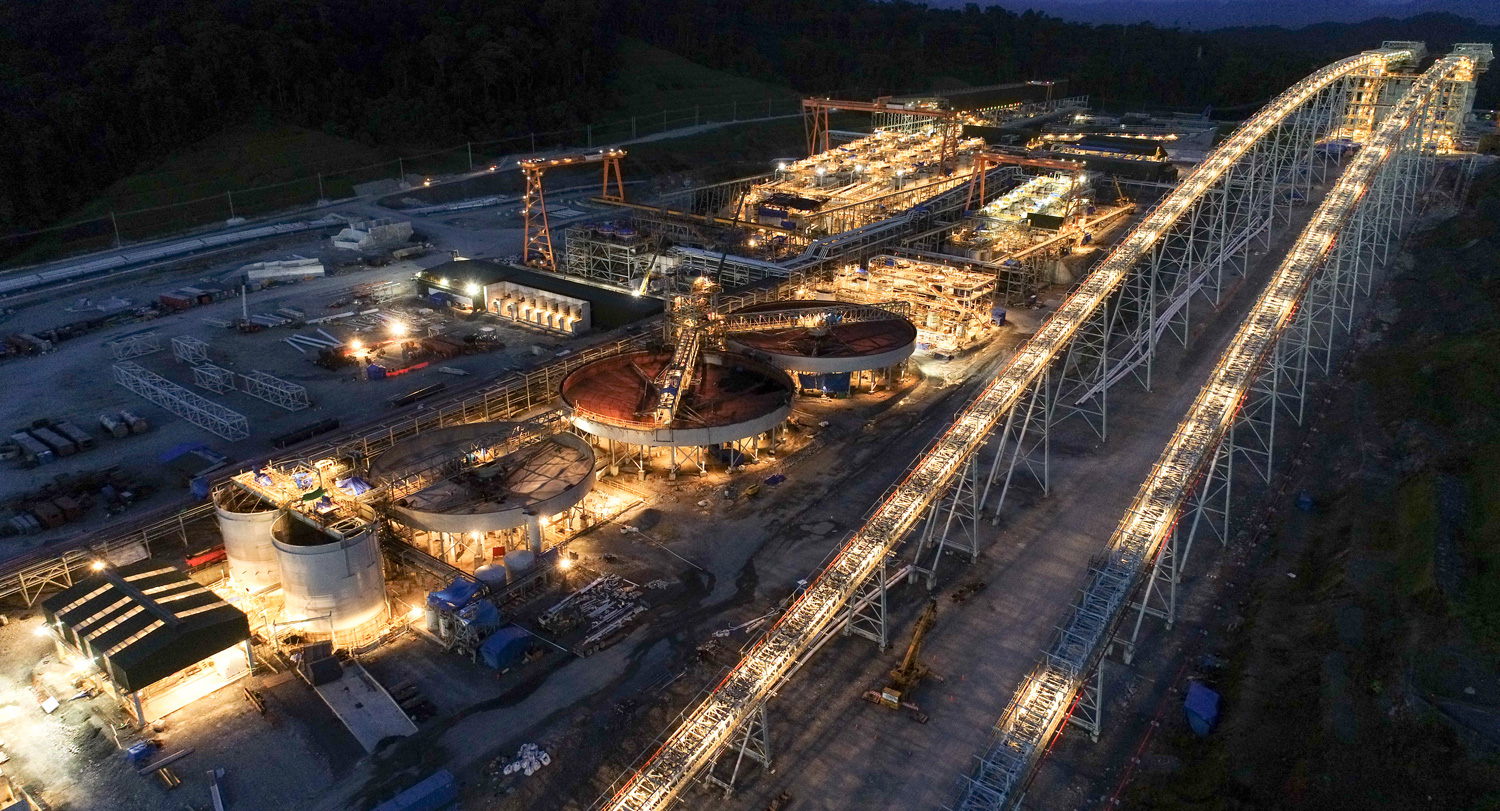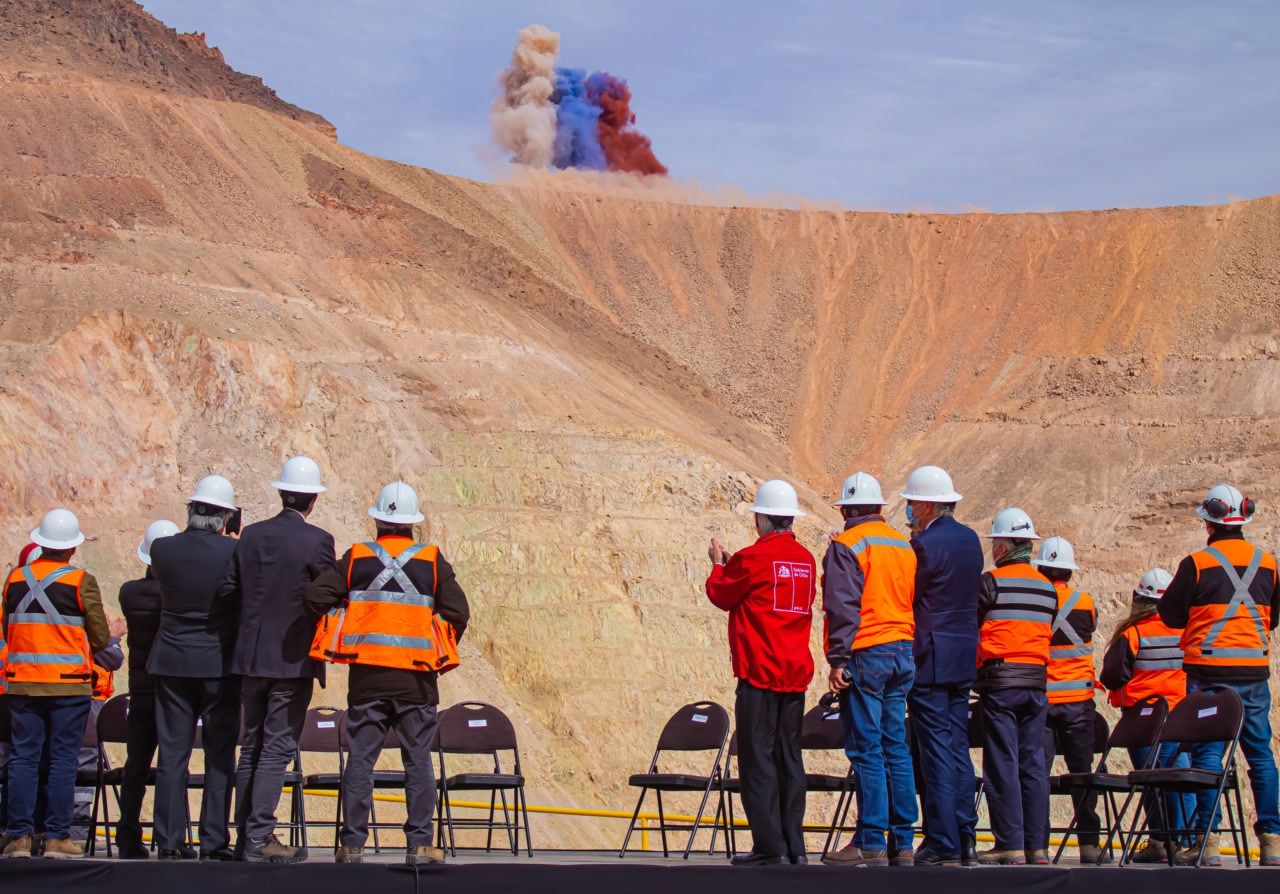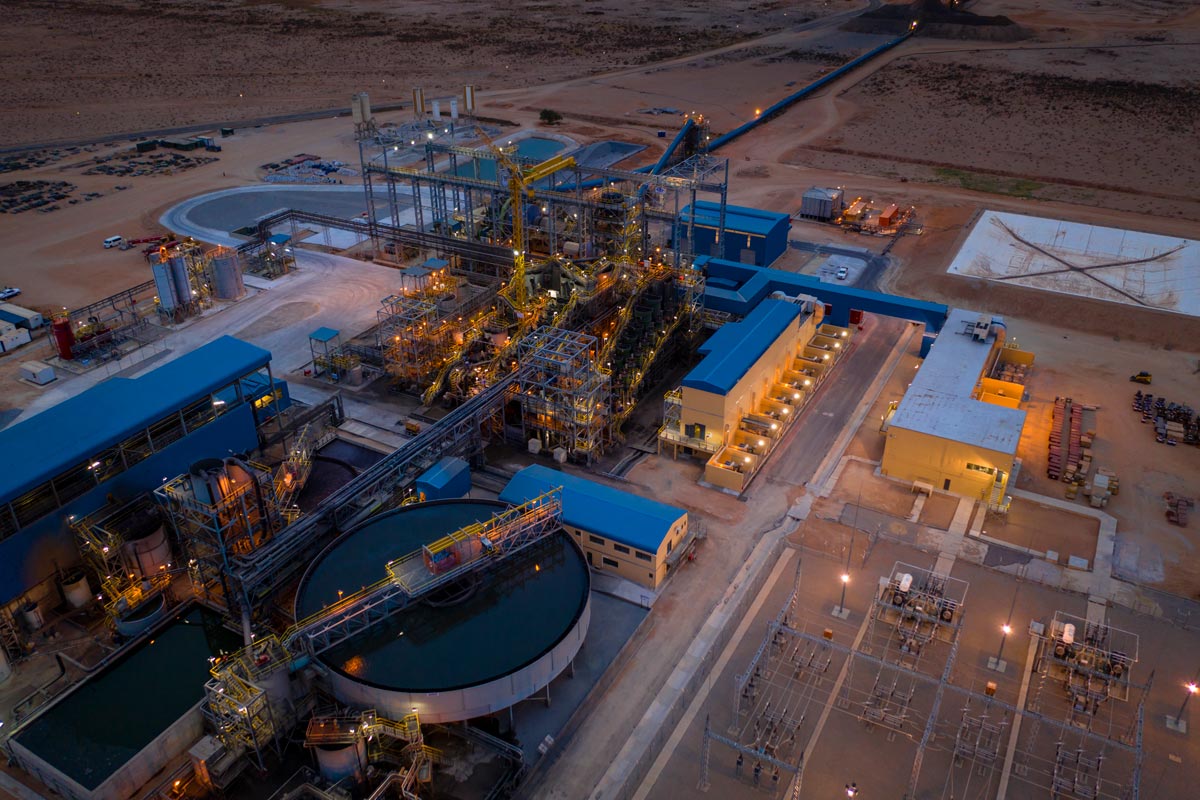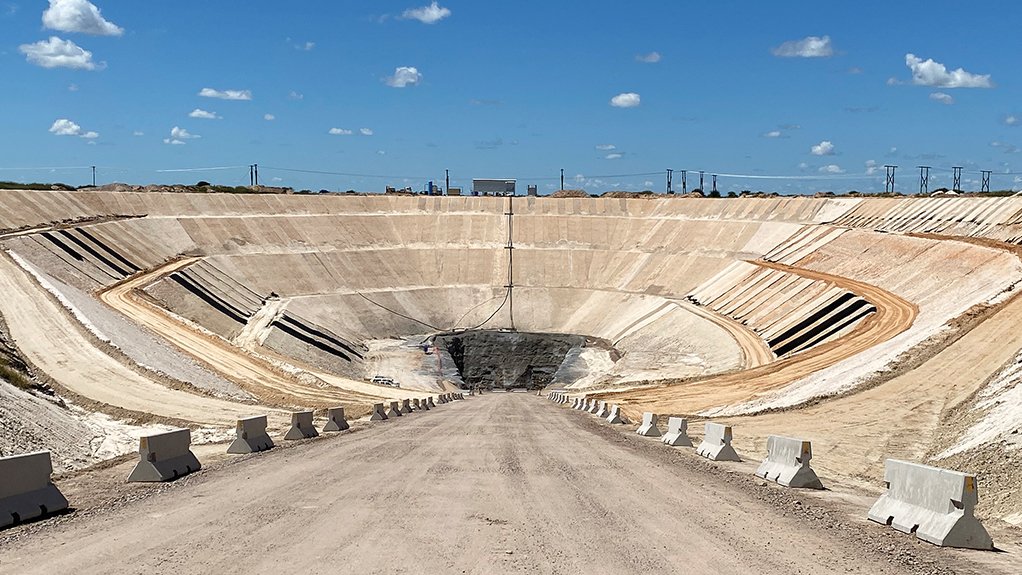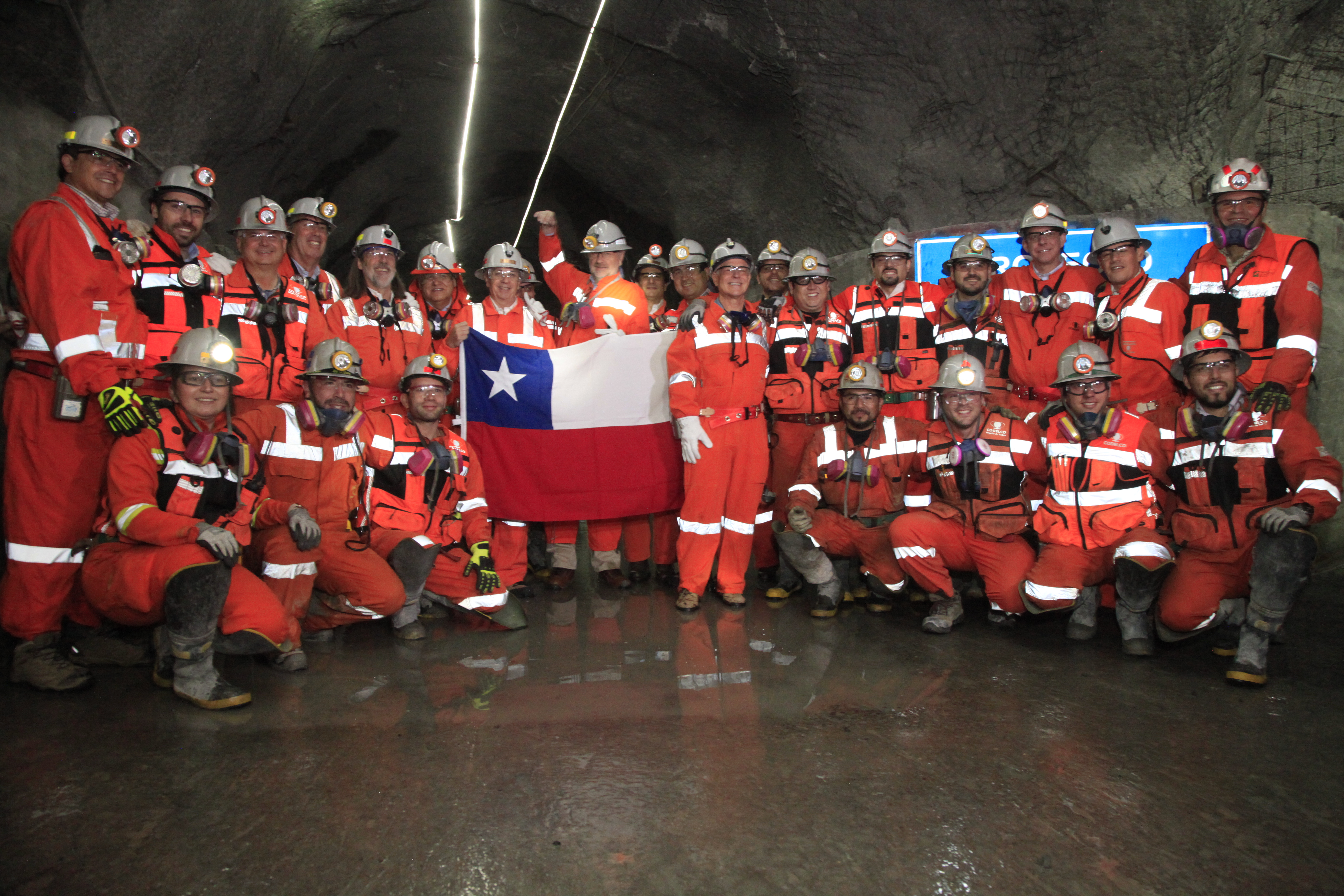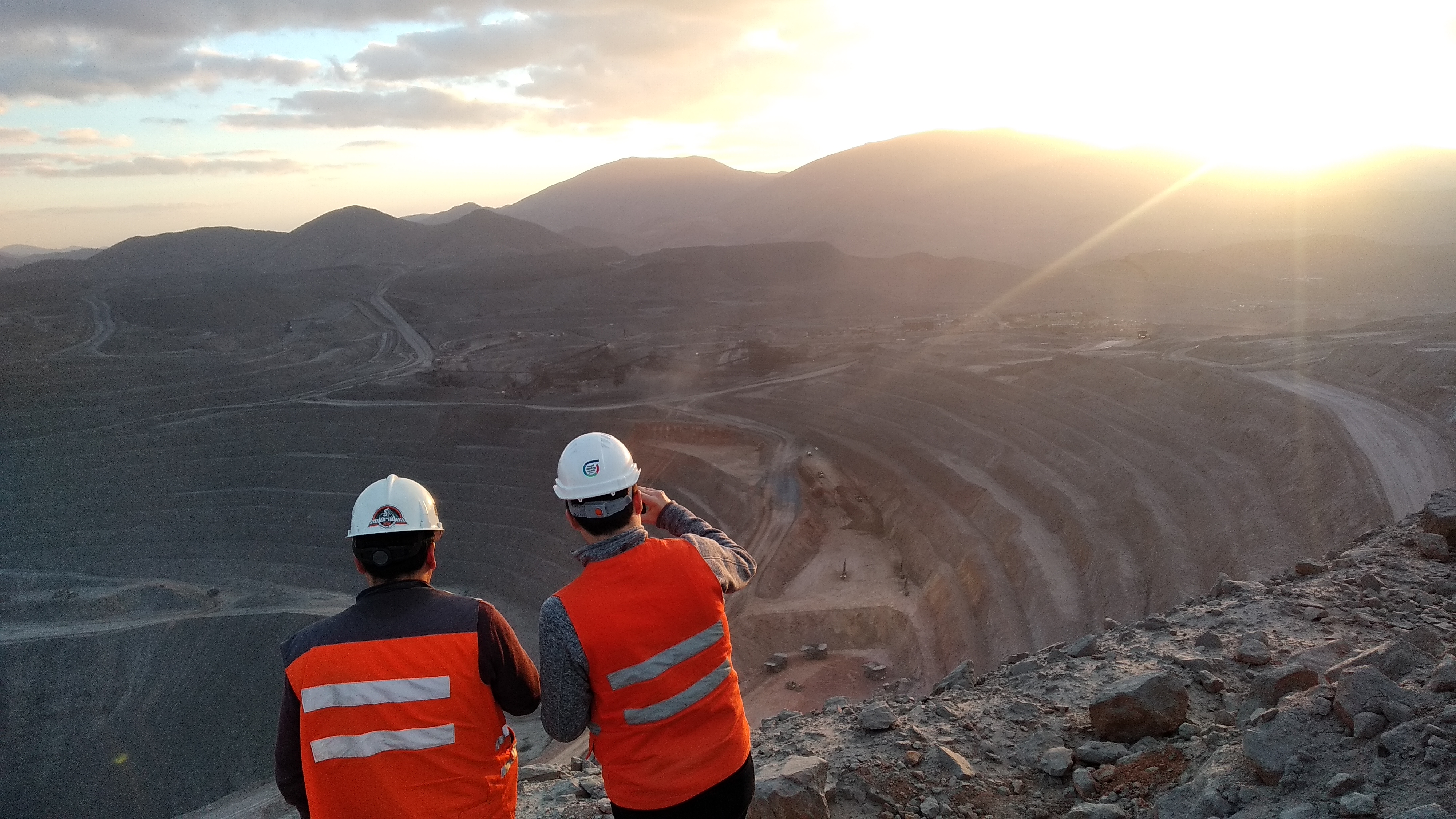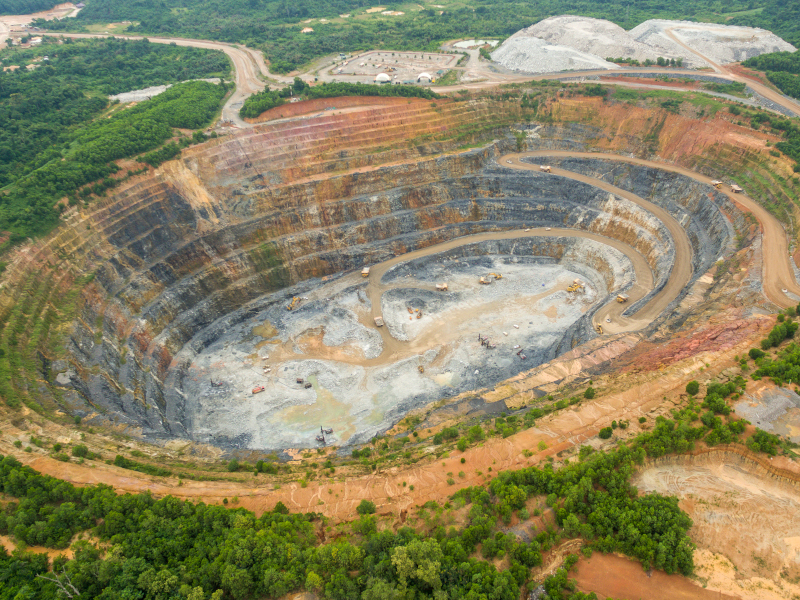
It has been a decade since Business Excellence first profiled Perseus Mining’s operations in Ghana. At that time, its first mine, the Edikan gold mine, was just about to begin commercial production. In the intervening period, the mine has produced over 2 million ounces of gold and based on current ore reserves, it is expected to recover a further 1.3 million ounces of gold over its remaining life, estimated to be nearly six years.
DOWNLOAD
 PerseusMining-March-2022.pdf
PerseusMining-March-2022.pdf



